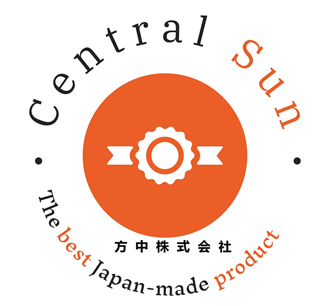The Beauty of Fuji

Introduction
Tokyo (東京, Tōkyō) is Japan’s capital and the world’s most populous metropolis. It is also one of Japan’s 47 prefectures, consisting of 23 central city wards and multiple cities, towns and villages west of the city center. The Izu and Ogasawara Islands are also part of Tokyo.
Prior to 1868, Tokyo was known as Edo. Previously a small castle town, Edo became Japan’s political center in 1603 when Tokugawa Ieyasu established his feudal government there. A few decades later, Edo had grown into one of the world’s largest cities. With the Meiji Restoration of 1868, the emperor and capital moved from Kyoto to Edo, which was renamed Tokyo (“Eastern Capital”). Large parts of Tokyo were destroyed in the Great Kanto Earthquake of 1923 and the air raids of 1945.
Today, Tokyo offers a seemingly unlimited choice of shopping, entertainment, culture and dining to its visitors. The city’s history can be appreciated in districts such as Asakusa and in many excellent museums, historic temples and gardens. Contrary to common perception, Tokyo also offers a number of attractive green spaces in the city center and within relatively short train rides at its outskirts.
Recommended Itinerary
Tokyo is the largest city of the world with numerous combination of modern and traditional scenes, if you are the first time to visit Tokyo, we recommend the most popular and attractive spots for your tailor-made tour. For one day inner city Trip, we recommend the following sites:
- Aklhabara
- Ginza
- Imperial Palace
- Meiji Shrines and nearby areas
- Shinjuku
- Asakusa


Tokyo second day tour recommendation
Outside the City Center of Tokyo, there are many interesting and beautiful scenes which you should not miss. We suggest you should spend at least one or two days to visit the following spots:
Tokyo Disneyland – the Largest Theme Park in Asia
Yokohama- A traditional city with many combination of modern and traditional scenes
Kamakura- an area is composed of rich Japanese Cultures Kamakura offers numerous temples, shrines and other historical monuments. One the Prominent Icon is the Great Buddha of Kamakura which is the second largest Status in Japan
Hakone-Hakone (箱根) is part of the Fuji-Hakone-Izu National Park, less than 100 kilometers from Tokyo. Famous for hot springs, natural beauty and the view across Lake Ashinoko of nearby Mount Fuji,
Nikko – Nikko (日光, Nikkō) is a town at the entrance to Nikko National Park, most famous for Toshogu, Japan’s most lavishly decorated shrine and the mausoleum of Tokugawa Ieyasu, the founder of the Tokugawa shogunate.
Fuji Five Lakes – The Fuji Five Lake (富士五湖, Fujigoko) region lies at the northern base of Mount Fuji about 1000 meters above sea level around the lakes Kawaguchiko, Saiko, Yamanakako, Shojiko and Motosuko. It is one of the best places to view Mount Fuji from a close distance and a good base for climbing the mountain.
The Izu Peninsula (伊豆半島, Izu Hantō) is a resort area popular for its hot springs, beautiful coastlines, beaches, mild climate and scenic mountainous interior




